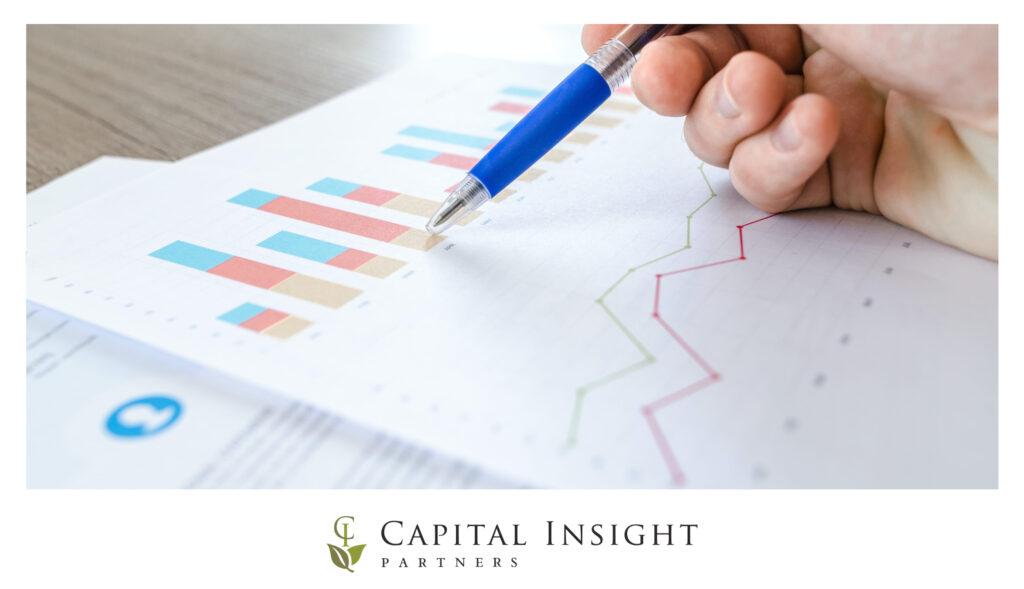
With the recent rise in interest rates, it is an appropriate time to revisit a complicated concept: the inverse relationship between bond prices and interest rates. Before we get into an example, let’s define what a bond is. A bond is an investment whereby you are lending money to an entity, typically for a defined period of time, which will pay you a defined amount of interest income. When the time period is complete (the bond matures), the investor will receive their final interest payment as well as the return of their original investment amount (principal).
As an example, let’s assume an investor purchases a bond at its original offering price of $1,000. The bond pays an interest rate of 5% with a set maturity date in 5 years. As such, the investor is expecting to receive $50 of interest income each year from the bond ($1,000 x 5%). After 5 years, the investor will have received $250 in interest income along with their original investment amount returned at the maturity of the bond length.
What happens if during the time of holding the bond, interest rates fall from 5% to 4%? If the investor holds the bond to maturity, nothing will change in terms of the interest payments received or the return of the original investment amount. However, if the investor is open to selling the bond before it matures, things get interesting.
Investors in the market have access to new bonds being issued at the adjusted 4% interest rate at an offering price of $1,000. If our investor owns a bond that is paying 5%, their bond is more valuable to a potential buyer because it is paying 25% more in interest per year than new bonds being issued. As such, a potential buyer would be willing to pay a price higher than the $1,000 offering price to secure a bond with a higher interest rate.
The inverse is also true. If rates rise to 6% from 5%, the investor can hold their bond to maturity with no impact to the current investment. However, if they need to sell the bond for some reason, a potential buyer will offer less than the original offering price of $1,000 because they are able to secure a newly issued bond paying the higher interest rate at an offering price of $1,000.
To visualize the concept, the use of a seesaw is helpful.
Chart 3: Inverse Relationship Between Bond Prices and Interest Rates

Source: U.S. Securities and Exchange Commission1,2
This material contains an assessment of the market and economic environment at a specific point in time and is not intended to be a forecast of future events, or a guarantee of future results. Forward-looking statements are subject to certain risks and uncertainties. Actual results, performance, or achievements may differ materially from those expressed or implied. Information is based on data gathered from what we believe are reliable sources.
1Interest Rate Risk – When Interest Rates Go Up, Prices of Fixed-Rate Bonds Fall. U.S. Securities and Exchange Commission. Office of Investor Education and Advocacy. June 2013. https://www.sec.gov/files/ib_interestraterisk.pdf

